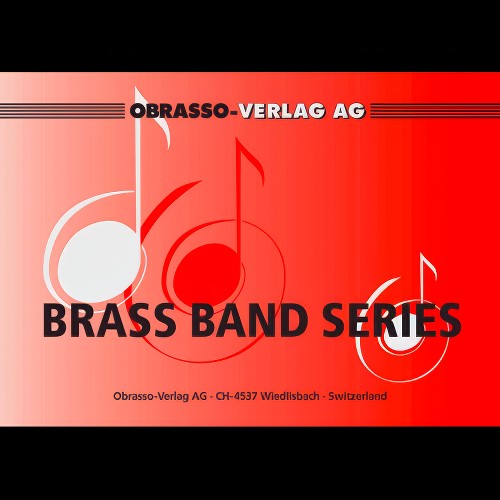We've found 1000 matches for your search. Order by
Results
-
 £54.20
£54.20TUBA MUCKL (Eb Bass Solo with Brass Band - arr. Fernie) - Fernie, Alan
Grade: Medium
Estimated dispatch 7-14 working days
-
 £54.20
£54.20TUBA MUCKL (Eb Bass Solo with Brass Band arr. Walter & Smith) - Smith & Walter
Grade: Easy/Medium
Estimated dispatch 7-14 working days
-
 £24.95
£24.95TUDOR TRUMPETERS TUNE (Cornet Solo with Brass Band Set)
Estimated dispatch 7-14 working days
-
 £54.20
£54.20TWO MOODS FOR TUBA (Eb Bass Solo with Brass Band) - Swann, Donald - Smith, Sandy
Grade: Medium
Estimated dispatch 7-14 working days
-
 £54.20
£54.20VARIATIONS ON A LATIN THEME (Euphonium Solo with Brass Band) - Fernie, Alan
Grade: Medium/Difficult.
Estimated dispatch 7-14 working days
-
 £58.60
£58.60VARIATIONS ON A ROCOCO THEME (Euphonium Solo with Brass Band) - Ruedi, Thomas
Grade: Medium/Difficult.
Estimated dispatch 7-14 working days
-
 £54.20
£54.20VARIED MOOD (Euphonium Solo with Brass Band) - Woodfield, Ray
Grade: Medium.
Estimated dispatch 7-14 working days
-
 £50.90
£50.90VERY THOUGHT OF YOU, The (Flugel Horn Solo with Brass Band) - Noble, Ray - Broadbent, Derek
Grade: Easy/Medium.
Estimated dispatch 7-14 working days
-
 £50.90
£50.90VOCALISE Op.34 No.14 (Eb Horn Solo with Brass Band) - Rachmaninoff, Sergei - Smith, Sandy
Grade: Easy/Medium.
Estimated dispatch 7-14 working days
-
 £56.00
£56.00Wandrin' Star (Bass Trombone Solo with Brass Band - Score and Parts) - Lerner & Loewe - Fernie, Alan
Duration: 4:15
Estimated dispatch 7-14 working days
